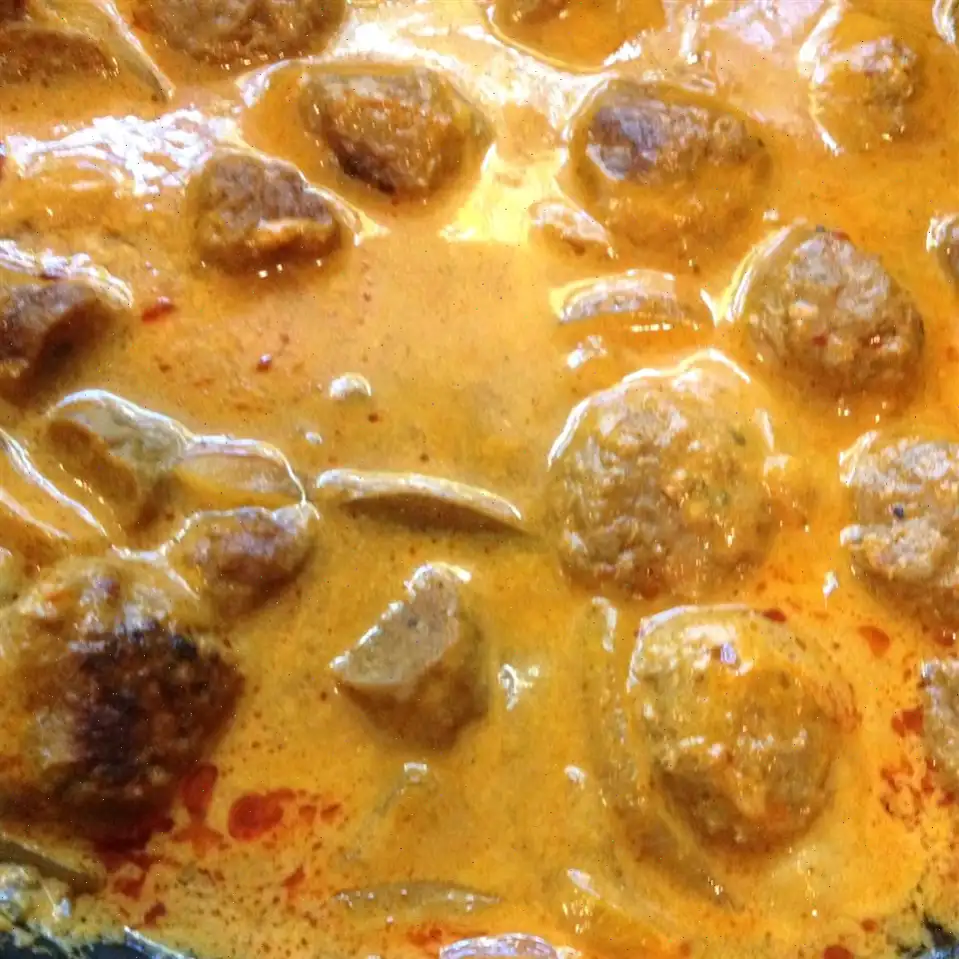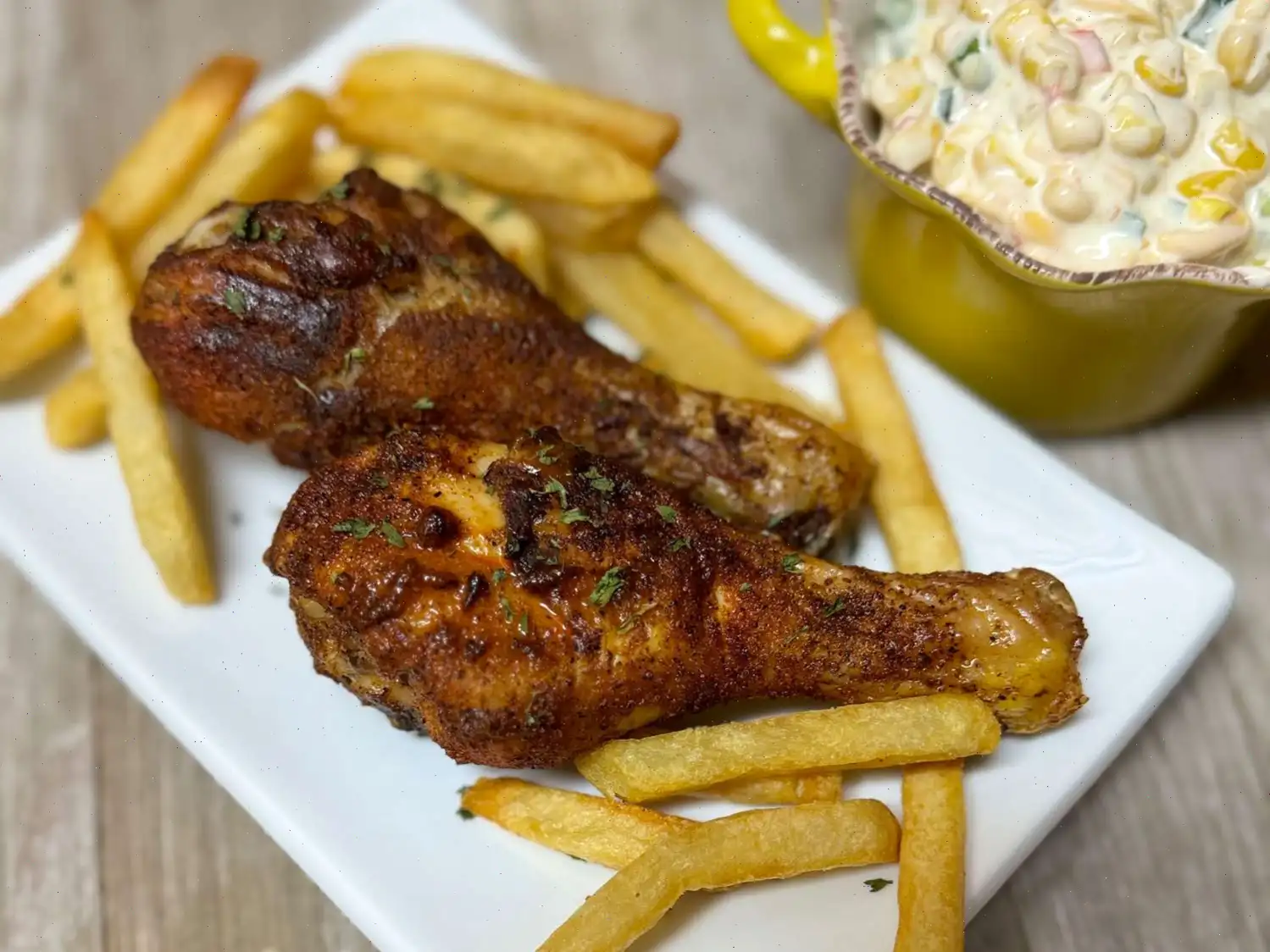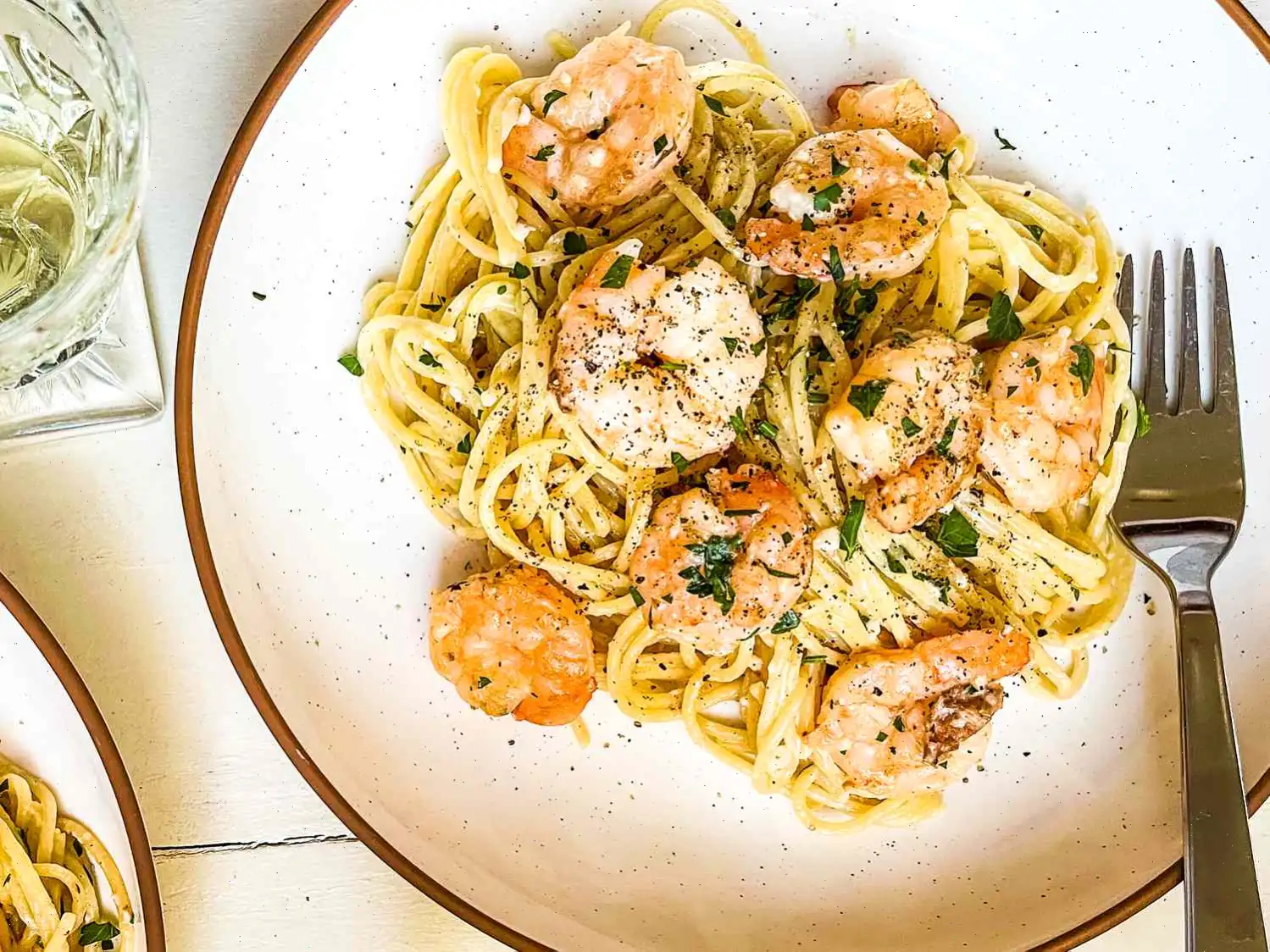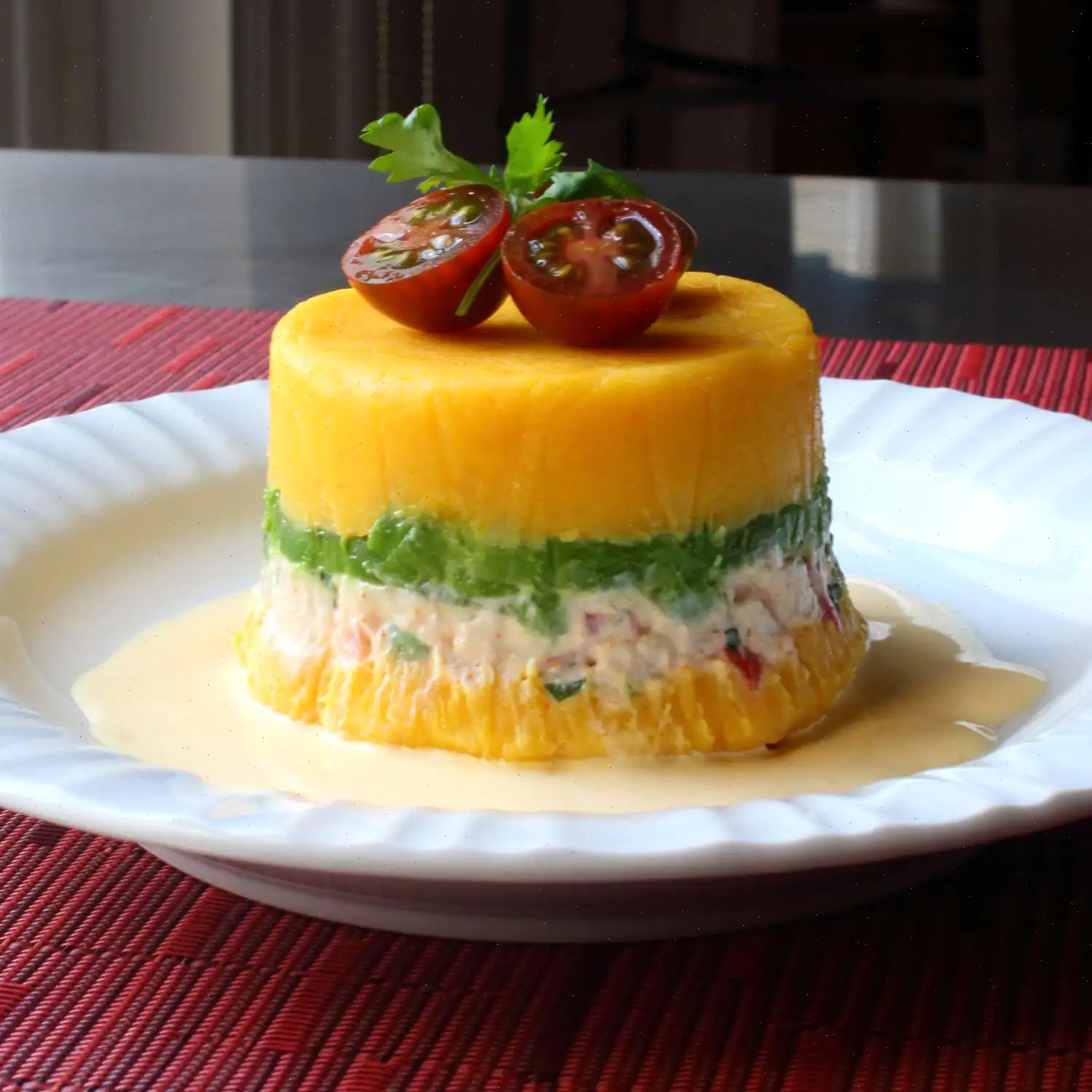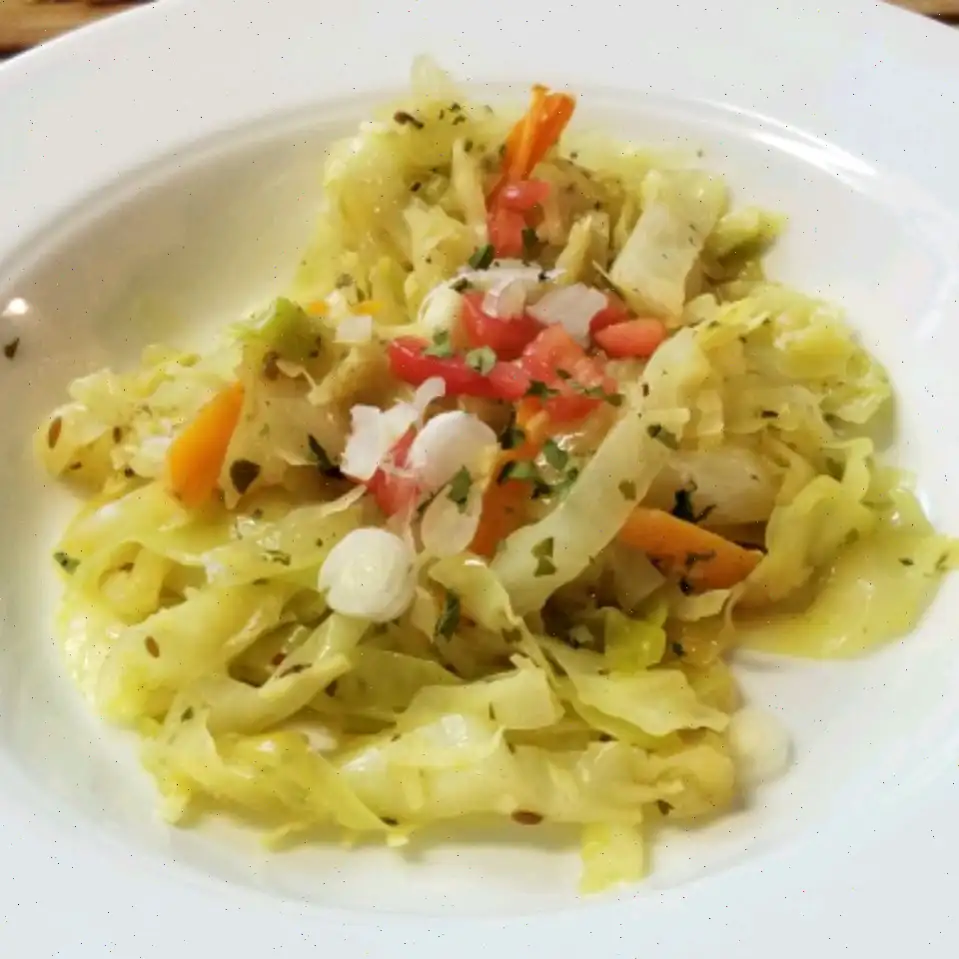
Kheema Malai Kofta Recipe
Ingredients
- 1 pound ground beef
- 1 egg, beaten
- 4 green chile peppers, minced
- cup dry bread crumbs
- 1 tablespoon minced fresh ginger root
- 2 teaspoons minced garlic
- 1 teaspoon garam masala
- Salt to taste
- 1 cups cooking oil for deep-frying
- 2 tablespoons cooking oil
- 3 cloves garlic, minced
- 1 teaspoon white sugar
- 1 teaspoon Kashmiri red chili powder
- teaspoon garam masala
- teaspoon ground fennel seed (sanuf)
- 1 (28 ounce) can tomato puree
- cup water
- 1 tablespoon dried fenugreek leaves (kasoori methi)
- cup cream
- 2 tablespoons chopped fresh cilantro, for garnish
Directions
- In a large bowl, combine the ground beef, beaten egg, minced green chile peppers, bread crumbs, fresh ginger, minced garlic, garam masala, and salt. Mix thoroughly until the ingredients are evenly incorporated.
- Shape the mixture into small balls, approximately the size of limes, to form the koftas.
- Heat 1 cups of cooking oil in a large, deep skillet or saucepan to 375F (190C). Carefully add the koftas to the hot oil and fry for about 10 to 15 minutes, turning occasionally, until they are golden brown and crispy on all sides.
- While the koftas are frying, heat 2 tablespoons of cooking oil in a separate deep saucepan over medium heat. Add the minced garlic and ginger, frying for 1 to 2 minutes, until fragrant.
- Stir in the Kashmiri red chili powder, garam masala, fennel seeds, and salt. Continue frying for another 1 to 2 minutes to release the spices flavors.
- Pour the tomato puree into the saucepan and cook, stirring occasionally, for about 10 minutes or until the tomatoes turn a deep red color.
- Add the water, dried fenugreek leaves, and the fried koftas to the sauce. Let it simmer for an additional 10 minutes, allowing the koftas to absorb the flavors of the gravy.
- Stir in the cream and cook for another 2 to 3 minutes until the sauce is smooth and well combined.
- Remove from heat and garnish with chopped fresh cilantro before serving.
Nutrition Facts (per serving)
| Calories | 809 |
| Total Fat | 74g (95% DV) |
| Saturated Fat | 14g (70% DV) |
| Cholesterol | 91mg (30% DV) |
| Sodium | 635mg (28% DV) |
| Total Carbohydrate | 23g (8% DV) |
| Dietary Fiber | 4g (15% DV) |
| Total Sugars | 9g |
| Protein | 18g (36% DV) |
| Vitamin C | 89mg (98% DV) |
| Calcium | 73mg (6% DV) |
| Iron | 5mg (29% DV) |
| Potassium | 916mg (19% DV) |
Kheema Malai Kofta is a delectable dish hailing from the rich culinary tradition of India. With its flavorful, spiced meatballs (koftas) simmered in a creamy tomato gravy, this dish brings together the richness of Indian spices and the comfort of hearty ingredients. Often enjoyed as a part of special occasions or festive meals, Kheema Malai Kofta combines ground meat, usually lamb or beef, with aromatic spices like garam masala, fennel seeds, and Kashmiri chili powder.
History and Origin
The origin of Kheema Malai Kofta can be traced back to the Mughal era, when the royal kitchens of India were known for their elaborate and lavish meals. The Mughal emperors had a deep appreciation for fine dining, and they often introduced luxurious dishes that combined meats, dairy, and rich spices. The kofta, or meatball, is a key element in many Indian recipes and likely originated from Persian culinary influences. Over time, this dish evolved and became popular across different regions of India, especially in North India.
Regional Variations
While Kheema Malai Kofta is generally associated with North Indian cuisine, various regions have put their own unique spin on the dish. In states like Punjab and Delhi, it is often prepared with lamb, while in other parts of India, beef or chicken may be used as a substitute. The koftas can be either fried or steamed, with fried koftas being the more common variation. Additionally, some regions incorporate nuts like cashews or raisins into the gravy, adding a sweet contrast to the spicy and savory flavors. The richness of the gravy varies as well, with some versions including a greater amount of cream or yogurt for a smoother, more velvety texture.
Distinction from Similar Dishes
Kheema Malai Kofta shares similarities with other Indian meatball dishes, such as the famous Malai Kofta. However, Kheema Malai Kofta distinguishes itself by using ground meat (often beef or lamb), while Malai Kofta typically uses mashed vegetables or paneer (Indian cottage cheese) for the koftas. Additionally, the rich, creamy gravy in Kheema Malai Kofta has a more pronounced meaty flavor, while Malai Kofta's sauce is often milk-based, offering a lighter texture. The use of ground meat adds a deeper, more substantial richness to Kheema Malai Kofta, making it a heartier dish.
Where is it Usually Served?
This indulgent dish is commonly served in Indian restaurants, especially those offering North Indian or Mughlai cuisine. It is often reserved for special occasions or celebratory meals, making it a popular choice during festivals, weddings, or family gatherings. Kheema Malai Kofta is typically served with naan, roti, or steamed rice, allowing the rich gravy to be fully enjoyed. It is also a common dish at lavish banquets or parties where guests are treated to an array of indulgent dishes.
Interesting Facts
- In some variations of Kheema Malai Kofta, a handful of dried fenugreek leaves (kasoori methi) is added to the gravy, imparting a subtle bitterness that balances out the richness of the cream.
- The word "kofta" is derived from the Persian word "kufteh," which means "to grind" or "to pound," referring to the ground meat used to make the meatballs.
- Originally, this dish was prepared for royalty and upper-class families, given its rich ingredients and complex preparation process. Today, it is enjoyed by people from all walks of life across India and beyond.
- Although traditionally made with lamb, Kheema Malai Kofta can also be prepared with chicken, turkey, or beef depending on regional preferences or dietary restrictions.
Conclusion
Whether you're a seasoned lover of Indian cuisine or trying it for the first time, Kheema Malai Kofta is a dish that promises to deliver an unforgettable experience. The combination of spiced meatballs in a creamy, flavorful gravy makes it a perfect centerpiece for any special meal. With its rich history, regional variations, and ability to evoke the flavors of royal kitchens, Kheema Malai Kofta is more than just a dishit's a taste of India's vibrant culinary heritage.
FAQ about Kheema Malai Kofta Recipe
Comments
Ryan Evans
06/22/2024 02:28:21 PM
Too sour. Nowhere near what I'm accustomed to. Not a fan.
Rebecca Hall
05/30/2024 10:43:58 PM
Extremely genuine and true to its roots!


